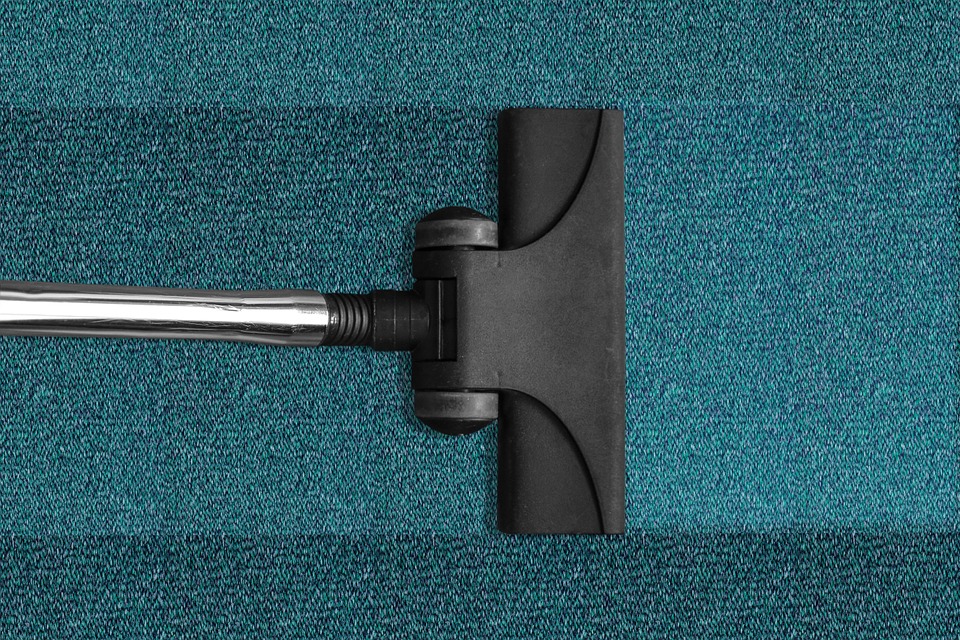
cleaning is the most common issue that will cause a dispute to arise. Although less than 1% of tenancies end in dispute, of these, cleaning is mentioned in 57%.
How clean is clean?
One of the main reasons for a dispute over cleaning to arise is a miscommunication between tenants, agents and landlords about what standard of cleaning is expected at the end of the tenancy. There are many different standards of cleaning, and the difference between these standards can be very subjective.
For example, you may expect a property to be cleaned to a professional standard – that is the gold standard of cleanliness, and should show no evidence of a person having been there. For example, no smears on glass, no fingerprints on appliances, no dust on the tops of doors. Imagine someone inspecting the property in white gloves, checking for dust under sofas and on skirting boards. In comparison, a tenant may clean to a domestic standard fit to live in and generally clean – if the sofa is moved you may find some dust bunnies. This is where the miscommunication can build into a dispute.
Lay out at the beginning of the tenancy what standard of cleaning the property is presented in. You can expect the property to be returned in the same condition of cleanliness.
Communicating this to the tenants at the start and end of the tenancy will go a long way to setting expectations and avoiding a dispute over cleaning charges.
Cleaning best practices
The key to getting the tenant to meet your expectations is to be descriptive when detailing cleaning standards. You can list this in both the tenancy agreement and the inventory, and remember that cleaning is not subject to fair wear and tear. If you note that the property was cleaned to a professional standard prior to the tenancy beginning, then you can expect it to be cleaned to the same standard at the end.
When a tenant gives notice, you may wish to give them a pre-checkout checklist, making particular note of areas which are often overlooked, or are particularly subjective. For example, rather than simply noting that the tenant should ‘Ensure the kitchen is clean’ you can specifically a list where you want them to clean, and what that entails. For example:
- Clean and degrease oven
- Clean and degrease hob
- Defrost and clean out fridge/freezer
- Empty and clean kitchen bin
This is not an exhaustive list, but it should give you some examples of what you could consider including.
Cleaning disputes
If, after all your preparations, the tenants do not clean to an acceptable standard, then you will need to prepare for a dispute. Preparing for a dispute is something to be done at the start of the tenancy – as afterwards could be too late.
As part of the inventory and check-in process, don’t simply mark down what items are there – also mention the age and condition of the item, remembering to include the features of the property itself such as walls, skirting boards, doors, etc. For example, you may describe your living room as follows:
- Freshly laundered lined curtains, blue and beige checked material. Two years old – no frays, tears or stains.
- Steam cleaned twist carpet in pale cream colour. Three years old, slightly worn by doors but no stains, marks or other damage.
- Painted walls and skirting boards, last refreshed in October 2016. No chips or marks, professional standard.
As you can see, this clearly lays out what state the property is in at the start of the tenancy. If at the end of the tenancy the check-out report stated that the walls were dented and the paint was chipped beyond wear and tear, you would be able to show a clear deterioration in condition.
Cleaning dispute prevention checklist
There are many things you can do to try and protect your property. The following are only suggestions and the list is not exhaustive.
- In the tenancy agreement note the cleaning standard you expect the property to be in by the end of the tenancy.
- In the tenancy agreement note that if the property is not cleaned to a high enough standard you can use the tenant’s deposit to cover professional cleaning costs.
- In the inventory note the condition of all items; pictures can be useful as supporting evidence but can seldom replace a comprehensive written description.
- During the check-in explain to tenants what is expected of them when the tenancy ends.
- Send a pre-checkout checklist to tenants when you receive their notice.
Source: http://www.propertyindustryeye.com/how-clean-is-clean-how-to-avoid-a-filthy-problem-at-the-end-of-a-tenancy/


